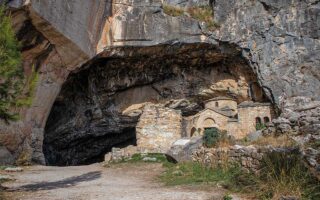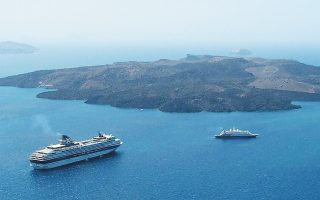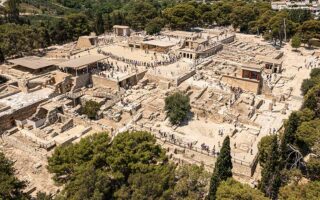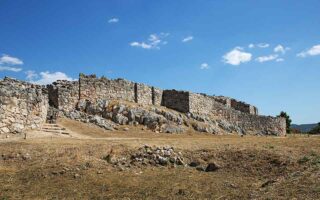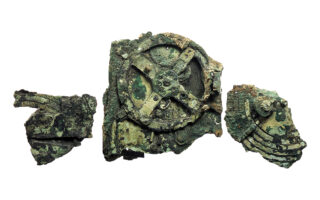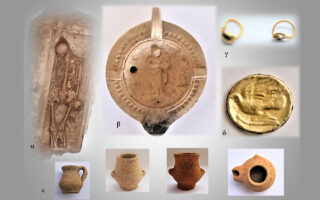Nikaia refugee settlement explored
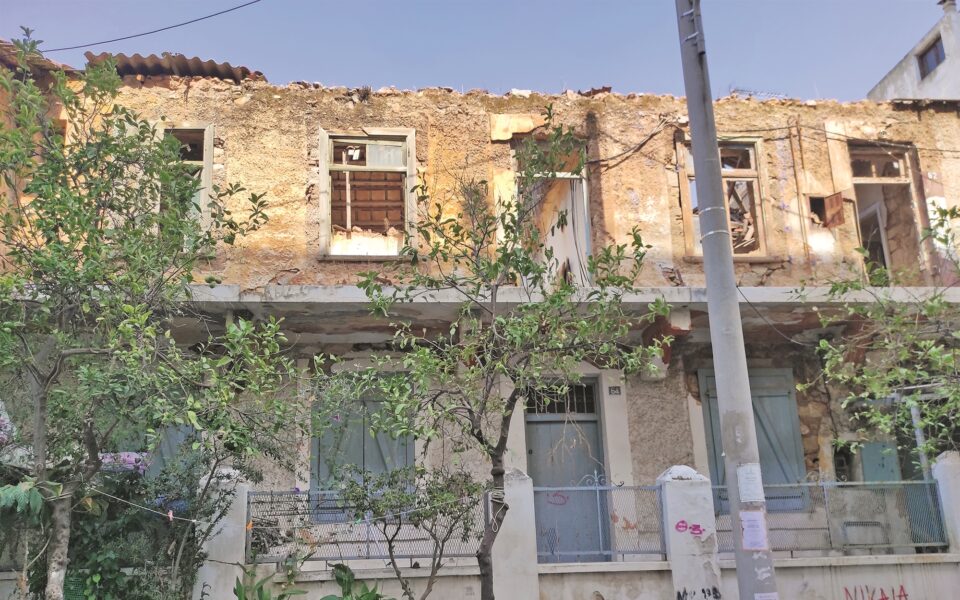
A study conducted by the School of Architecture at the National Technical University of Athens (NTUA) has yielded intriguing insights into the present and future of one of the largest and best-preserved refugee settlements in Greece, in Nikaia, near Piraeus. This thorough survey, the first of its kind, involved on-site inspections at the building block level and documented over 1,200 refugee buildings. Eighty-five percent of them were found to be in good condition, but only half are presently inhabited. This documentation could serve as the scientific basis for a comprehensive state intervention aimed at preserving this valuable residential ensemble.
The “Research for the Preservation of the Refugee Architectural Heritage of Nikaia” was conducted on the centennial of the Asia Minor Disaster as Nikaia is home to one of the best-preserved refugee settlements in the country. The Urban Environment Lab at the NTUA’s School of Architecture undertook this challenging task through an agreement with the Municipality of Nikaia-Rentis in late 2022. The objective was to assess the current situation and evaluate the possibilities for repair and reuse based on scientific criteria encompassing urban planning, architecture, culture, ownership, construction and costs. Significantly, this marks the first extensive and comprehensive documentation of a refugee settlement.
Some residences remain largely unchanged, while others have undergone various modifications and additions by their owners
The NTUA documented a total of 1,282 refugee buildings in the area. “We expected to document around 400-500, but in the end we surpassed 1,200,” Nikos Belavilas, the scientific coordinator, told Kathimerini. He highlighted the main challenge in Nikaia as abandonment and neglect. Notably, 85 percent of the residences were found to be in good or moderate condition. Apart from the so-called “Germanika” structures, prefab houses provided by Germany as reparations to Greece after World War I, the remaining refugee buildings exhibit neoclassical architecture, constructed with reinforced concrete, slabs, projections, and sound roofs. “Notably, many of these structures were repaired in the 1960s, and some received additional modifications during that period,” he said.
Regrettably, only 55 percent of these buildings are currently inhabited. “This occurs either because residing in refugee neighborhoods is stigmatized or due to the compact size of the houses, usually two-roomed and lacking modern amenities. Consequently, there is a reluctance to invest in transforming them into modern homes,” Belavilas said. The experts conducted additional research through the land registry, examining 65 refugee residences. “The primary issue lies not in split ownership but in the economic incapacity of owners to undertake building repairs. A small number of owners lease these properties to migrants without proper maintenance,” he said.
The study concludes with a proposal recommending the selection of a neighborhood consisting of five building blocks with attractive external courtyards, some located in a straight line from the city market and the metro station, to be included in a rehabilitation and resettlement program. However, Belavilas suggests that this program might be better suited for implementation by a university for the creation of student dormitories or the Ministry of Labor for the establishment of social housing, rather than being solely managed by the municipality. This could be achieved through a model similar to what the Greek National Tourism Organization (GNTO) once employed, where an agency, in agreement with the owners, takes on the restoration, obtaining usage rights for 10-15 years in return. “In conjunction with this program, a subsidized repair operation could be initiated, with the state covering a substantial percentage and intervening in public space redevelopment,” he said.
Nikaia stands as one of the 12 largest urban refugee settlements established in the wake of the Asia Minor Disaster. Its inception can be traced back to 1923, commencing along the Souda stream, where Tzavella and Belogianni Nikou streets are presently located. In December 1923, the Ministry of Agriculture and the Ministry of Health, Welfare and Relief declared the expropriation of land north of the river, allocated to the Refugee Care Fund (TPP) for the establishment of a refugee settlement. The foundation stone was laid on June 18, 1923, marking the official founding of the Nea Kokkinia settlement, initiating an extensive urban development plan within the following year.
By the spring of 1924, the Committee for the Rehabilitation of Refugees (EAP) assumed responsibility for the work initiated by the TPP. The marks of the urban development plan and the efforts of TPP and EAP are still evident in the area. Some residences remain largely unchanged, while others have undergone various modifications and additions by their owners or have been subject to abandonment. Presently, refugee homes are situated in the central part of the Municipal Community of Nikaia, spanning from Krini Square to below Amerikanidon Kyrion Street.
The study classifies the refugee residences in Nikaia into four distinct areas: the Germanika, the central refugee residences, single-story rows west of Ikoniou Street, and sets of four single-story structures south of Amerikanidon Kyrion Street. The central area, situated between Agios Georgios, Osias Xenis, and Agios Nikolaos squares, housing the metro station, stands out as the most homogeneous. This zone encompasses all six typologies of refugee residences, ranging from the Germanika structures of 38 sq.m. to two-story complexes featuring 8-16 residences. Density varies depending on the neighborhood.
